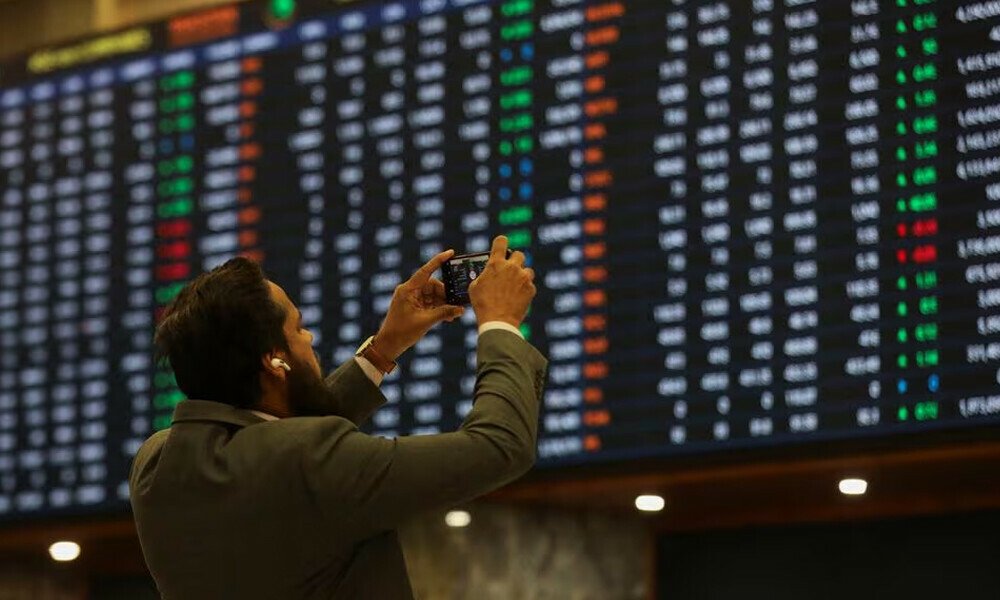The benchmark KSE-100 index is projected to reach 160,000 points by the end of 2025, representing a 40% return for the year. This anticipated growth will be due to a re-rating of the market’s price-to-earnings (PE) ratio from its current 6.0x to the long-term average of approximately 8.0x.
The report also forecasted modest profit-after-tax (PAT) growth across sectors, with dividend yields contributing an additional 10% to returns.
In a research report, JS Global identified ten key stocks as the primary drivers of the index’s expected rally in 2025. The report highlighted FCCL, PIOC, AGP, BAHL, BAFL, PSO, and ILP as top picks, while also naming FFC, EFERT, MCB, and POL as standout dividend-yielding stocks. The report emphasized that Pakistan’s resilience is evident in the strong performance of the KSE-100 index, which has rebounded impressively after a period of economic turbulence. This recovery, it noted, underscores the strength of the country’s economy.
The ongoing rally in the stock market has been fueled by the government’s commitment to reforms under the International Monetary Fund (IMF) program. With the government staying on track, further improvements are expected in the coming months. Positive macroeconomic indicators are already visible, including declining interest rates, easing inflation, and a rise in foreign reserves after a period of alarming lows.
Pakistan’s current account has shown a significant turnaround, supported by strong remittance inflows, while the fiscal account has posted a surplus. The central bank’s monetary easing is expected to stimulate growth in key sectors such as Cement, Steel, Pharmaceuticals, FMCG, and Autos, which faced challenges over the past two years. Easing inflation has also helped reduce macroeconomic volatility, creating a more stable environment for growth.
Political Stability Key to Sustaining Reforms
The government’s ability to pass essential legislation with ease has contributed to market stability, with investors largely overlooking political noise. As long as the reform process continues, the market is expected to maintain its bullish momentum. However, any disagreements on economic policies between political parties could pose risks to market performance. The role of all stakeholders will remain critical in ensuring the sustainability of reforms and maintaining investor confidence.
Risks to the Bullish Outlook
While the market outlook remains positive, potential risks could derail the momentum. These include geopolitical tensions, local political unrest, or any deviation from the reform path. Additionally, unforeseen fiscal pressures, delays in external financing or IMF reviews, and a resurgence of inflation could negatively impact market performance.
Despite these risks, the KSE-100 index is poised for significant growth in 2025, driven by improving macroeconomic conditions, a stable political landscape, and the government’s commitment to reforms. Investors are advised to remain vigilant while capitalizing on the market’s upward trajectory.















